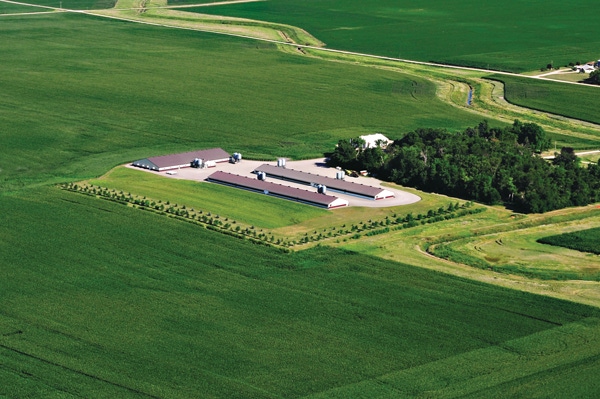Economist Ron Plain wonders if land prices could be setting the stage for another farm crisis.
April 18, 2013

Low interest rates and record income per acre have driven farmland values much higher over the last decade. The increase has led to concerns of a repeat of the farm crisis of the 1980s.
“Back in the 1970s, we got way above trend growth, and it looks like that is what is happening again,” says University of Missouri Extension agricultural economist Ron Plain. “Last year, we were more than $500 per acre above trend for the average acre of Missouri farmland.”
The 1970s run-up of land values ended in the early 1980s with a collapse of farmland prices. While Plain says there is a possibility of a land price bubble in the future, a drop in farmland value today would not have the same catastrophic impact it had 30 years ago.
“In 1981, Missouri farmland prices were 150% above trend, with the trend going up 6% per year,” he says. “Without a price drop, it would have taken a long time to close that gap.”
Today, Missouri farmland values are 22-25% above a 6% growth trend. It would take only four years of steady land prices for the trend to catch up with actual prices.
“So we are not nearly as vulnerable,” Plain says. “The downside risk isn’t anywhere near what it was in the early 1980s.”
A factor in the 1980s bubble popping was a huge increase in interest rates. Plain says many farmers took on a lot of debt and became heavily leveraged.
This time around, farmers aren’t relying so much on borrowed money to buy land. “But my prediction is we’ll set a new record in values in 2013 and we’ll sell more land, so that leverage number is likely to increase,” he says. “Keep an eye on that if you are bidding for land. And by all means, stay away from variable-interest-rate loans. When you are at a 60-year low in interest rates, you can bet the next big move is going to be up.”
Plain says that crop values have probably peaked and we should expect declining prices for corn, soybean and wheat going forward. That will reduce income per acre and make people a little less aggressive in chasing farmland. If inflation increases, Plain says it’s a good bet the Federal Reserve will raise interest rates.
“If you combine falling crop prices with rising interest rates, we could see a decline or at least stabilization in farmland prices very quickly,” he says.
Pastureland hasn’t seen nearly the run-up in prices that cropland has in recent years, but Plain says that may change.
“We have the smallest cattle inventory this year since 1952,” he says. “It looks like we are going to see some increases in cattle prices that will probably push pasture values up in the next few years.”
Plain says the same rules apply for pastureland: Be wary of variable-interest-rate loans and avoid getting heavily leveraged with a small down payment or you can quickly find yourself in a difficult situation.
You May Also Like



